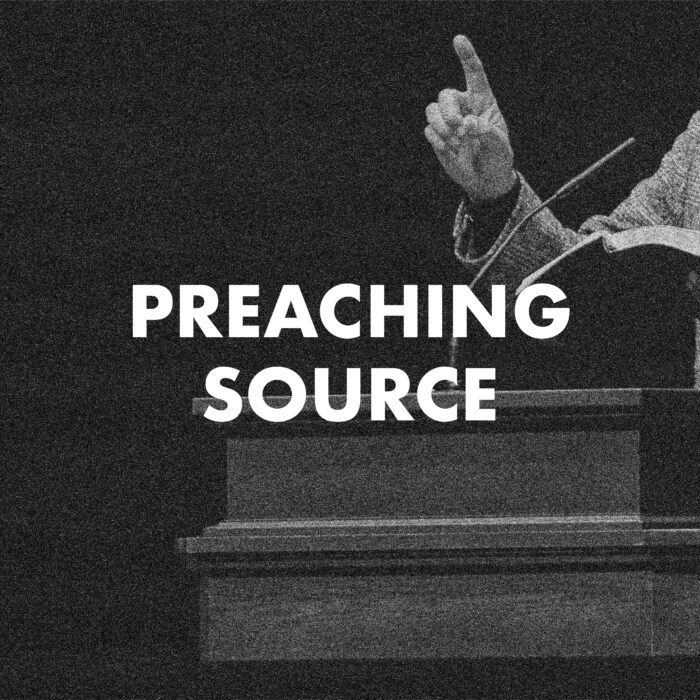- Locate the passage.
Hebrews 4:12–13 serves as the conclusion for 4:1-11 as well as for the entire first section of the letter: 1:5-4:13.
Verse 12 begins a new paragraph according to the UBS Greek text.
The use of gar, “for,” serves to indicate the grounds/reason for seeking to enter God’s rest: nothing escapes God’s notice and he will judge unbelief/disobedience.
- Genre
Expository. No overt command forms. However, there is an underlying imperatival idea in these verses: Since nothing escapes God’s notice and since we must give an account for our disobedience, we better obey his word.
- Determine the structure of the passage.
4:12 – The use of gar, “for,” serves to indicate the grounds for seeking to enter God’s rest. It is subordinate to v. 11.
4:13 – The use of kai, “and,” connects with v. 12 and provides a second grounds for the exhortation in v. 11.
The structure is balanced into two equal halves in terms of focus: v. 12 and v. 13.
- Exegete the passage.
For detailed exegesis, consult Neva Miller, The Epistle to the Hebrews: An Analytical and Exegetical Handbook, 122-27; J. Harold Greenlee, Hebrews: An Exegetical Summary, 141-47; and David L. Allen, Hebrews, 284-99.
- Let the structure of the text drive the structure of the sermon.
Since 4:12-13 serves as the conclusion of 4:1-11, the conclusion for the entire first section of Hebrews (1:5-4:13), and the grounds for the exhortation in v. 11, it is important to connect it with the preceding passages in preaching.
Since the Greek conjunction kai, “and,” connects v. 13 with v. 12, the sermon would be essentially divided into two sections:
I. 4:12
II. 4:13





